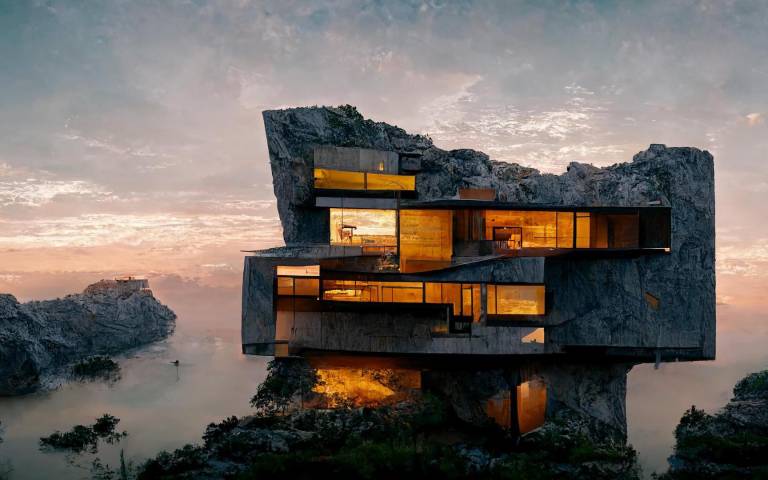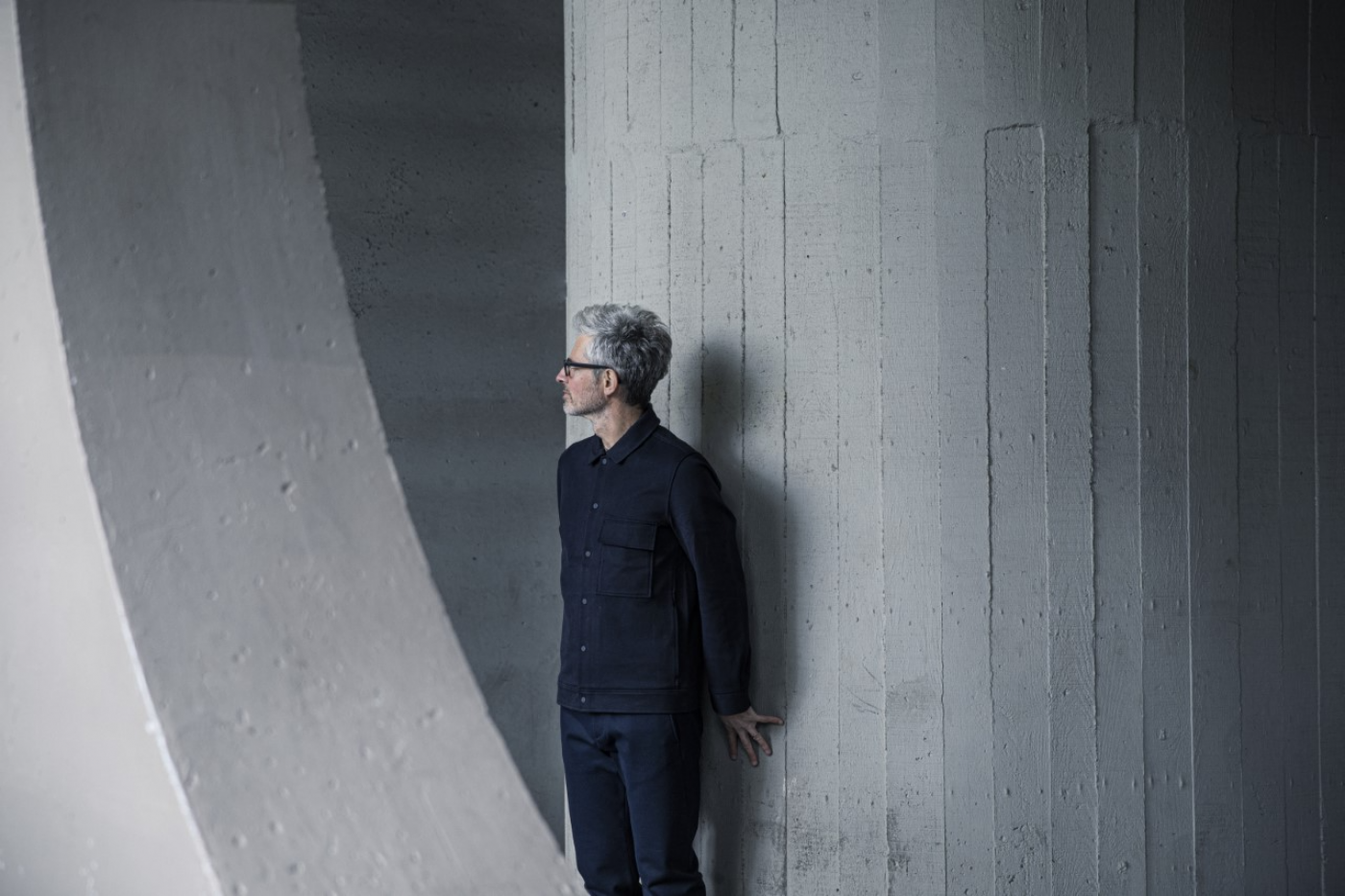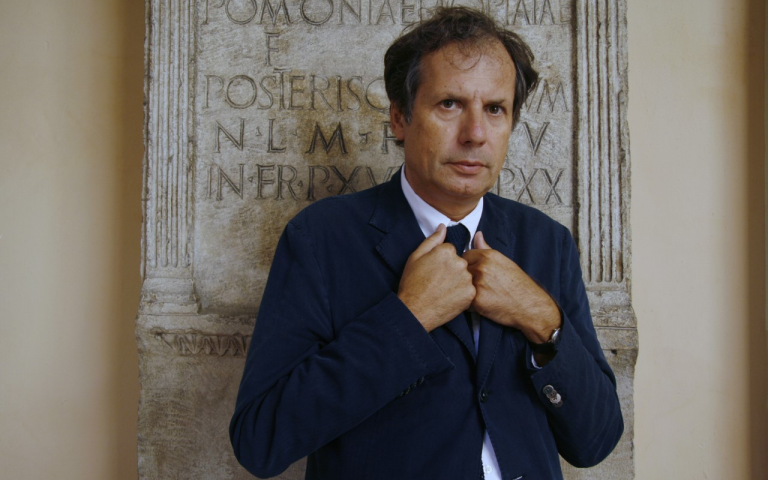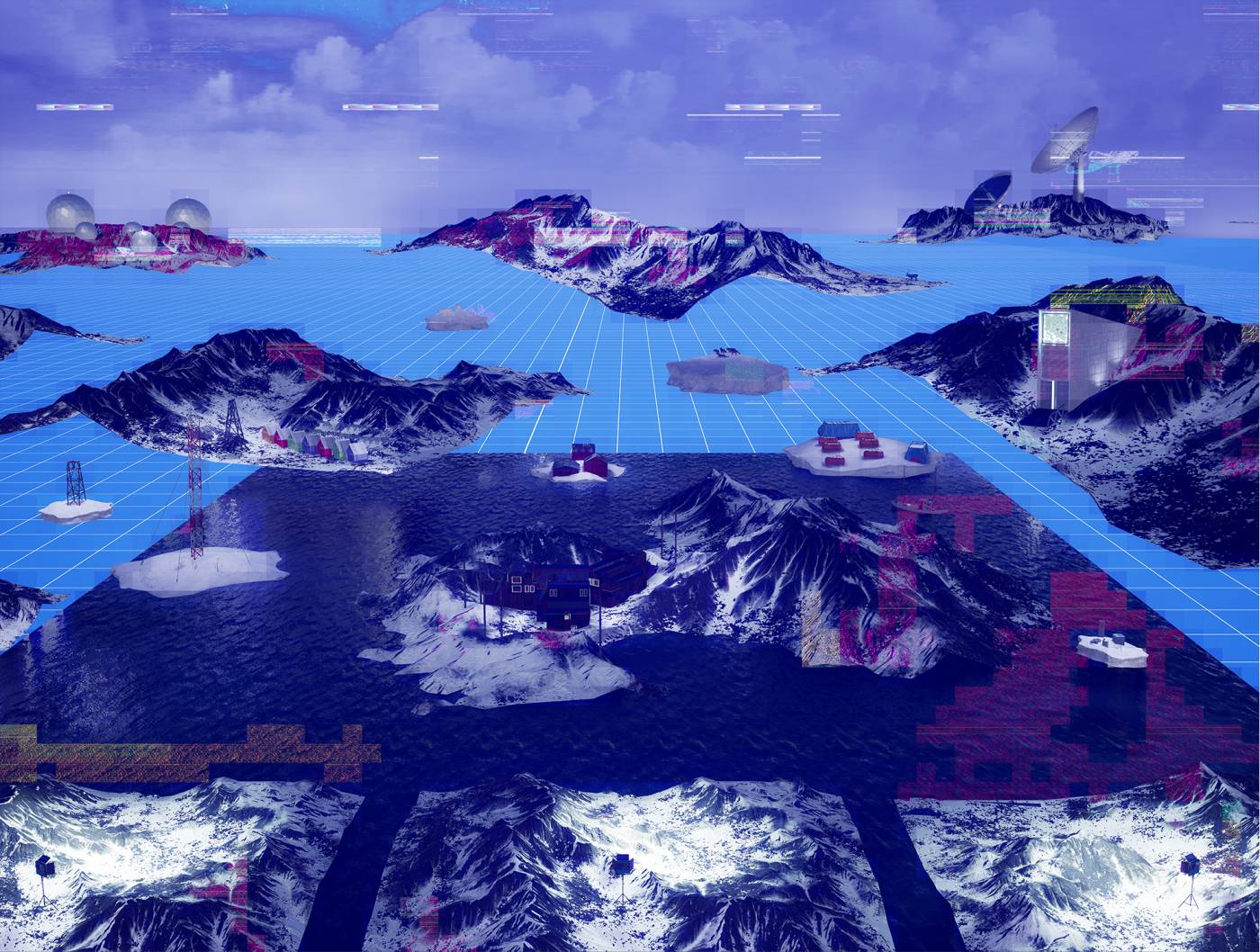B-Pro Prospectives Lecture Series Autumn 2022
30 November 2022, 2:00 pm–4:00 pm

A B-Pro History and Theory lecture series, highly recommended for Architectural Design, Urban Design and Architectural Computation students as well as interested professionals.
This event is free.
Event Information
Open to
- All
Availability
- Yes
Cost
- Free
Organiser
-
Roberto Bottazzi
About
The B-Pro Prospectives History and Theory Lecture Series offers a platform for presentation, discussion and theoretical reflection upon the links between digital thought, architecture, and urban design. This year's series of talks emphasise the key role computation plays within complex design synthesis and their cultural implications.
This series encourages and inspires the current student body and interested professionals, by creating conversations about topics addressing academia, practice and beyond as well as overall disciplinary concerns and frontiers.
B-Pro, or Bartlett Prospective, groups together five of the school's graduate programmes with a unique philosophy and shared approach to the future of design, architecture and the urban environment. The B-Pro Prospectives lecture series is organised by Roberto Bottazzi and Emmanouil Zaroukas.
For this term's series, all events will be held in Zoom. Check the schedule for individual registration links to each event.
Schedule
- 02 November | 14:00 | Anna Longo
Computational Creativity vs Aesthetic Knowledge
Recent advancements in AI and machine learning have led to the production of systems that exhibit creative behaviour: they are able to find unpredictable, original and valuable solutions to given problems. These programs have been successfully applied to produce images, pieces of music and texts that are appealing for humans and that are uneasily distinguished from artworks created by human artists. Software used for generating music, artistic images, literature and poetry computationally has motivated a research field called Computational Creativity. Moreover, machines seems to be able to evaluate cultural products and to rank them with respect to expected human appreciation, hence they seem to express aesthetic judgments.
In this presentation Anna Longo challenges the idea that machines can actually produce aesthetics knowledge. She proposes a more original notion of aesthetics as a knowledge of the singular that cannot be reduced to inductive statistic learning.
Biography
Anna Longo received her PhD in Aesthetics at the University Paris 1 – Panthéon Sorbonne. She is currently directing the programme “Technologies of Time” at the Collège international de philosophie in Paris. She also teaches at Institut Mines-Telecom in Evry (Paris). Anna's last book, Le jeu de l’induction : automatisation de la production de connaissance et réflexion philosophique (éditions Mimesis 2022) explores the transformations and the limits of the conception of inductive reasoning that led to the automation of knowledge production.
Meeting ID: 910 9366 4646
Passcode: BPRO- 09 November | 14:00 | SKYGGE

AI: A New Playground for Music Creation?
Musician SKYGGE discusses how he uses artificial intelligence tools to craft his music, collaborating with a research laboratory for music creation. He has been working with these new methods since 2015, which has changed his relationship with the creative process. In this talk he will explain how some AI prototypes and their results have inspired new musical concepts.
Drawing on this, SKYGGE will share his new creative processes and the musical examples obtained through his experience.
Biography
SKYGGE a.k.a Benoit Carré, is at the forefront of musicians exploring the creative potential of artificial intelligence (AI). With his debut album Hello World, released in 2018, he became one of the first artists in the world to produce pop music using this technology in a comprehensive way. In 2019, SKYGGE released American Folk Songs. In 2022, he teamed up with visual artist collective OYÉ to create the immersive live performance 'Interface Poetry', inspired by his latest album 'Melancholia'.
- 16 November | 14:00 | Prof Maurizio Ferraris
- Webfare

Webfare [noun, masculine; from Welfare]: The restitution to humanity of the heritage it produces through its mobilisation on the web.
As an expression of needs that as such cannot be automated, but rather generate automation – hence economic advantage – these data must first of all be recognised as 'heritage of humanity'. They must therefore be shared with the humanity that generates them, and interpreted and capitalised by intermediate bodies, i.e. the virtue banks, which give them back to those who have no money, but produce data, and to those whose destitution is such that they cannot even access data production.
This enables a capacitation process that accompanies the human in a future that, if not infinite, is destined to last a long time, in the structurally unfinished project of being ‘Homo sapiens' even outside the pages of zoology books.
Biography
Maurizio Ferraris (Torino 1956) wrote more than sixty books that have been translated into several languages. The last ones are Post-Coronial Studies (Einaudi) and Documanità. Filosofia del mondo nuovo (Laterza). Full Professor of Philosophy, he is the President of the Labont – Center for Ontology. He is columnist for ‘La Repubblica’, for ‘Neue Zürcher Zeitung’, and for ‘Libération’. He is also the director of “Scienza Nuova“, an institute of advanced studies – dedicated to Umberto Eco and uniting the University and the Polytechnic of Turin – aimed at planning a sustainable future, both from a cultural and from a political point of view.
This is an in person event, taking place at: 26 Bedford Way, room LG04.
- POSTPONED - new date to be announced | Déborah López and Hadin Charbel

Monumental Wastelands
If each civilization is remembered for the artifacts that they have left behind monumentalized posteriori (the Egyptians for their pyramids, the Romans for their infrastructures, etc…) then what will be the equivalent(s) of contemporary civilization?
'Monumental Wastelands' is a bi-annual and bi-lingual (English Spanish) book that was initiated bearing those questions in mind. The contributions are from a constellation of thoughts and experiments from different people in different fields whose work expands upon the scope and the means by which the current state of affairs at local and global scales are examined and engaged with.
The modern project has structured contemporary thought and society which has direct implications on how we conceive order and how knowledge is constructed and validated, which is often executed through top-down structures across socio-economic spheres and that rejects or attempts to tame what is commonly perceived as savage, wild and uncivilized; something that the publication holistically tries to disrupt.
The first issue on Autonomy questions systems of control and the re-evaluation of certain grounds on lands, humans, non-humans, the discipline, emerging technologies and future forms of cohabitation.
The second issue on Logistics examines various scales and relationships between ecology, economy, domesticity and identity from material, human and non-human perspectives.
The lecture will introduce the theme of Monumental Wastelands, tracing the history of moments into present day, and give insights into a few of the articles as well as the work being carried out by the editors from both a practice and pedagogical perspective.
Biographies
Déborah López is a licensed architect in Spain, and Lecturer (teaching) at the Bartlett. She co-leads Research Cluster 1 in the B-Pro program under the title 'Monumental Wastelands' with a focus on climate fiction (Cli-Fi), teaches design in Year 2 in the MSci program where she is also the Year 3 Coordinator.
Hadin Charbel is an architectural designer and Lecturer (teaching) at the Bartlett. He co-leads Research Cluster 1 in the B-Pro program under the title 'Monumental Wastelands' with a focus on climate fiction (Cli-Fi), teaches design in Year 2 in the MSci program where he is also the Year 3 Skills Coordinator.
Pareid is an interdisciplinary design and research studio led by Déborah López and Hadin Charbel. Through a form of techno-research-bashing, projects are narrative driven while varying in scales and mediums; often positioning themselves within a socio-political discourse and operating at various scales and media through iminent fictions (if). Their work has been widely published and exhibited including at the Venice Biennale, Seoul Biennale, and the Royal Academy of Arts and most recently as part of the 2022 London Design Week. They were the recipients of the Arquia Innova Award in 2020, Premio COAM Emergente in 2020, and awarded Architizer’s 2020 A+ Popular Choice Award. They have just recentlycurated the Bartlett’s Prospectives Issue 3 under the theme of Climate F(r)ictions and are both the founders and directors of Monumental Wastelands Magazine, a recently published bi-lingual and augmented book with guest contributions spanning topics from ecosophy, aesthetics, autonomy, logistics, and technology.
Due to unforseen circumstances this event has been postponed. Updated date and time will be posted through this medium in due course.
- 30 November | 14:00 | Matias del Campo
- Neural Architecture - Design and Artificial Intelligence

Neural architecture is the field of architecture that is primarily preoccupied with interrogating the emergent field of artificial neural networks (ANNs) as a design method.
This lecture presents an attempt to utilise Deep Learning (DL) and Machine Learning (ML) to capture the salient features of existing architecture in order to interrogate these data for their underlying architectural qualities.
What is meant by underlying architectural qualities? The rational explanation would include aspects such as spatial layout, sectional distribution of volumes, the dialog with its environment, the volumetric balance, the material qualities of the design, the structural properties, etc. All of these can be explored with the help of ML processes. However, this lecture maintains that architecture is more than just an assemblage of rational properties. This might explain the obsession with neural art, which represents an excellent mirror of our contemporary age, particularly regarding our shared agency with quasi-intelligent machines and their observation of the world.
Can architecture do the same? Can neural networks help interrogate the latent layers within the geological deposits of the history of architecture and then assemble those found features into hitherto unseen designs?
Biography
Matias del Campo is a registered architect, designer, and educator. He is an Associate Professor at the Taubman School of Architecture and Urban Planning, University of Michigan, Director of the AR2IL, The Architecture and Artificial Intelligence Laboratory (AR2IL) at UoM, and an affiliate faculty member of Michigan Robotics, Computer Science, and Data Science. Matias is also the co-founder of the architecture practice SPAN. The practice gained wide recognition for the design of the Austrian Pavilion at the 2010 Shanghai World Expo and, more recently, for the Robot Garden at the Ford Robotics Building. SPAN’s work was featured in the Venice Architecture Biennale in 2012 and 2021, at ArchiLab in 2013, and at the Architecture Biennale in Vienna and Buenos Aires in 2019. Solo shows include "Formations" (MAK, Vienna) and "Sublime Bodies" (Fab Union, Shanghai). SPAN’s work is in the permanent collection of the FRAC, MAK, Benetton Collection, Albertina, Pinakothek Munich, and several private collections.
His publishing work includes two editions of AD - Evoking through Design and Machine Hallucinations (co-edited with Neil Leach) as well as the books Neural Architecture – Design and Artificial Intelligence (ORO Editions 2022) and Sublime Bodies (co-authored with Sandra Manninger, Tongji Press 2017).
Image: SPAN
 Close
Close

